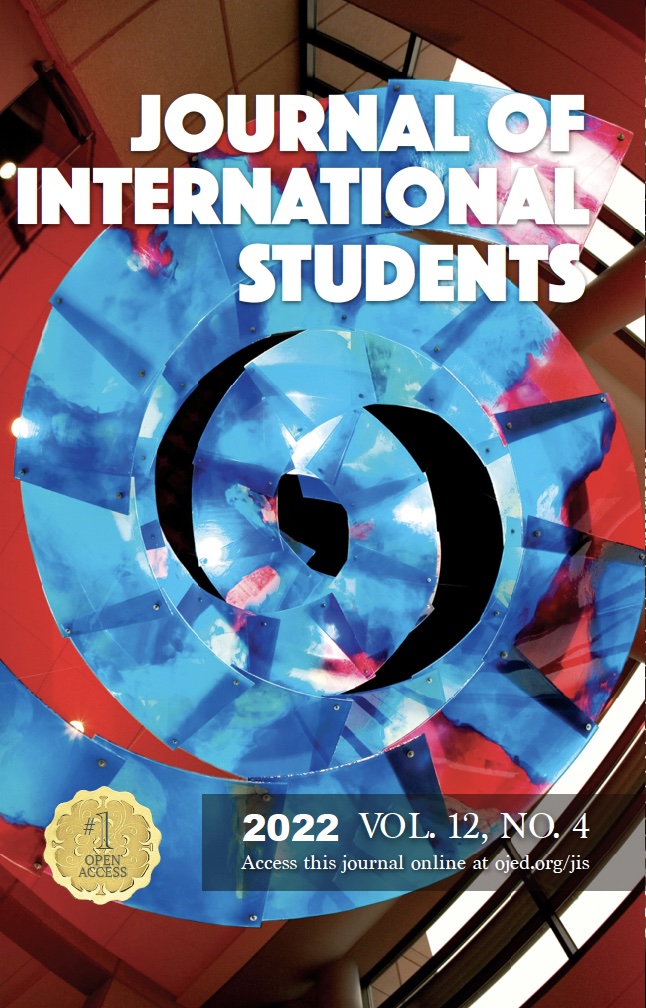Calling Higher Education Leaders
Which Departments on Your Campus Serve Displaced Learners?
DOI:
https://doi.org/10.32674/jis.v12i4.5365Keywords:
higher education, international students, educational leaders, department leaders, displaced learnersAbstract
Particularly in the last eight years, many calls have been issued for postsecondary education stakeholders to imagine new pathways for displaced learners seeking access to degree programs. Here, “displaced learners” encompasses refugees, asylees, and individuals holding other legal statuses indicating temporary protection; these nationally-specific categories are constructs that may overlap with international student status (Oliveira & Kentor, 2020; Vigil & Abidi, 2019). While progress has been made – according to UNHCR (2022), only 5% of refugees access higher education worldwide at present, up from 3% in 2020 – it is clear that much more focused attention is required. In this piece, I am speaking specifically to college and university presidents as I ask: how is your campus serving displaced learners? Which departments are engaged, and what resources would you need to expand your offerings? What follows below is a list of questions posed to senior leaders in the United States and internationally, where diverse public and private institutions host initiatives that could be tailored to serve lifelong learners with histories of displacement, and with many campuses making significant investments in relevant areas including support for marginalized students and global engagement. This checklist is intended to underscore good practices and the role of institutional silos.
References
Martin, M., & Stulgaitis, M. (Eds.) (2022). Refugees’ access to higher education in their host countries: Overcoming the ‘super-disadvantage.’ International Institute for Educational Planning (UNESCO). http://www.iiep.unesco.org/en/publication/refugees-access-higher-education-their-host-countries-overcoming-super-disadvantage
Oliveira, G., & Kentor, C. (2020). Latin Americans in the United States: Considerations on immigrant and refugee access to higher education. In L. Unangst, H. Ergin, A. Khajarian, T. DeLaquil, & H. de Wit (Eds.), Refugees and higher education: Transnational perspectives on access, equity and internationalization (pp.98–112). Brill-Sense. https://doi.org/10.1163/9789004435841
Unangst, L., Casellas Connors, I., & Barone, N. (2022). State-based policy supports for refugee, asylee, and TPS-background students in US higher education. Refuge: Canada’s Journal on Refugees, 38(1), 95–110. https://doi.org/10.25071/1920-7336.40819
UNHCR. 2022. Refugee statistics. https://www.unrefugees.org/refugee-facts/statistics/
Vigil, Y. N., & Abidi, C. B. (2019). “We” the refugees: Reflections on refugee labels and identities. Refuge: Canada’s Journal on Refugees,34(2), 52–60. https://doi.org/10.7202/1055576ar
Downloads
Published
Issue
Section
License
Copyright (c) 2021 Journal of International Students

This work is licensed under a Creative Commons Attribution-NonCommercial-NoDerivatives 4.0 International License.
All published articles are licensed under a Creative Commons Attribution-NonCommercial-NoDerivs 4.0 Unported License.















